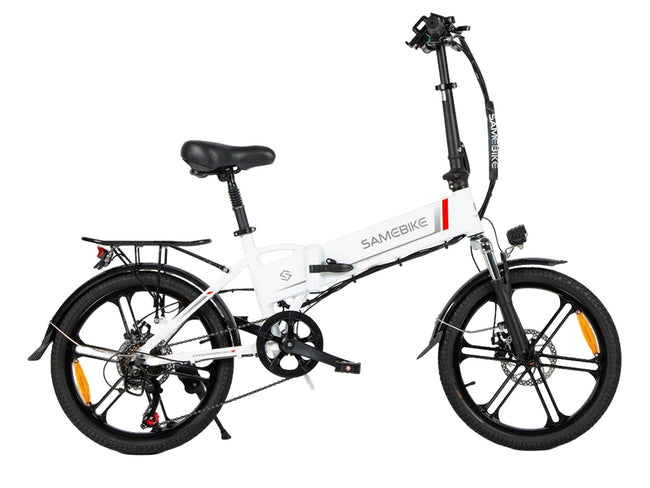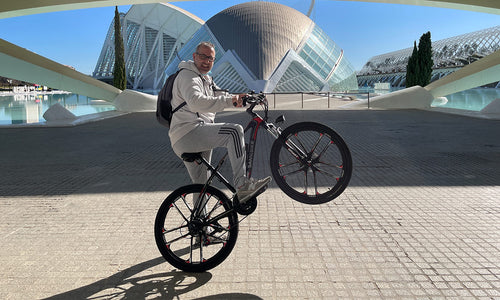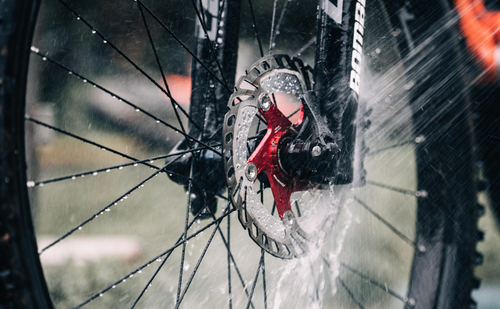
Electric bikes (e-bikes) have revolutionized the way we commute and enjoy recreational rides. At the heart of these marvels of modern transportation is the battery, typically a lithium-ion variant. Ensuring that this critical component operates within the optimal temperature range is essential for maximizing both performance and longevity. But what exactly is this optimal temperature?
Cold, hot, humid or snowy, e-bikes must be impervious to weather conditions to withstand daily riding year-round. Fortunately, modern e-bikes are both strong and durable.For SAMEBIKE's models, the frame and components are made of aviation-grade aluminum alloy. The waterproof and dustproof performance of the entire ebikes has reached the top level in the industry. The safety of the battery pack is guaranteed, so even in rainy days, the motor can function normally. Travel worry-free. However, the situation is different when it comes to extreme temperatures, especially during hot summers or cold winters.
The comfort zone of most batteries is between 10 and 20 degrees Celsius. E-bike batteries are temperature sensitive, and e-bike batteries in particular don't like extreme winter conditions.
The reason is simple: freezing temperatures have a huge impact on the performance of bicycle batteries because the lithium ions in the battery float in a liquid electrolyte. As the temperature drops, this electrolyte becomes thicker and stronger, reducing its normal ability to conduct electricity. Lithium ions slow down as they move from the anode to the cathode and back again, and performance degrades significantly at sub-zero temperatures. The good news is that at minus 20 degrees Celsius, the battery still provides about half of the average charge.

In the hot summer, you also need to pay attention to the battery condition. In order to save time and effort, many users choose to charge under direct sunlight. However, this approach can easily cause the electric ebike battery to overheat, causing it to lose water faster, leading to aging and an increased probability of overfilling. Even at temperatures as low as 25 degrees, the car and battery should not be placed in direct sunlight, as excessive temperatures will reduce battery durability.
In addition, for some families, because they have multiple electric bicycles, they sometimes share a charger. At this time, for one of the electric bicycles, it is non-adaptive charging. Especially after entering the hot weather in summer, non-adaptive charging is more likely to damage the battery or shorten its life. Therefore, non-adaptive charging also needs to be avoided.
If your e-bike is not ridden frequently, the battery should be removed from the bike and stored at home. When storing, the ideal charge level is between 50% and 80%. Since electric ebikes have self-discharge, if they are not used for a long time, the battery will be vulcanized, causing the battery to "starve to death". However, it should be noted here that the general charging cycle is about 10 days, and this method is only suitable for situations where the electric bicycle will not be used within 6 months.

Regardless of winter or summer, we still recommend disassembling the battery of the electric bicycle and storing or charging it in a cool place indoors. When parking your e-bike outdoors, try to find a place out of direct sunlight. It is also necessary to use an adapted charger for charging and avoid high-power charging. As a user, you can still take the right steps to maximize battery life, which is positive for your bank account and our environment.







































